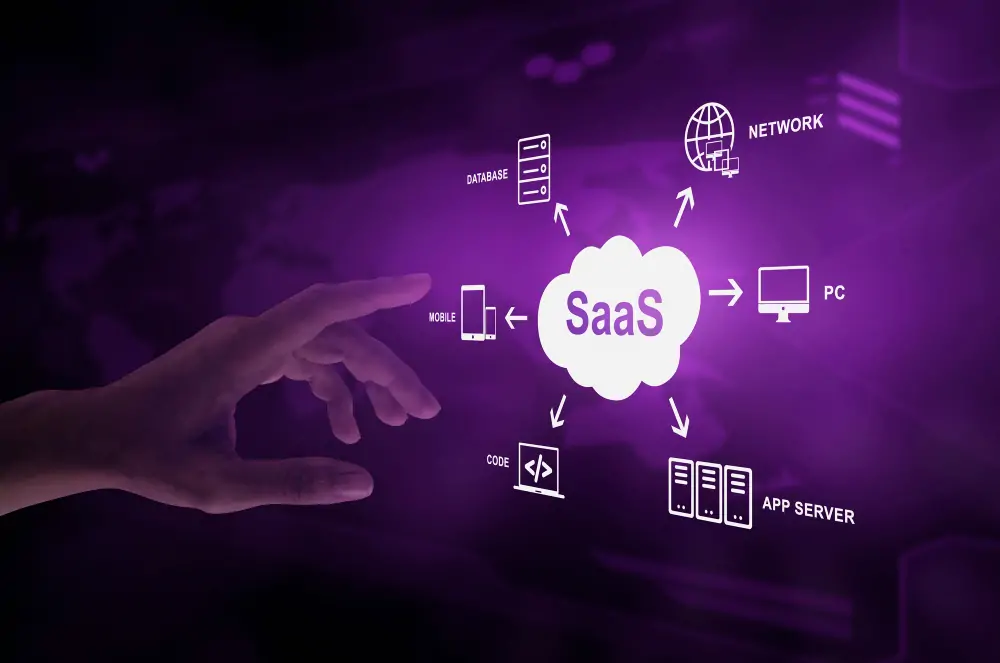In the rapidly evolving landscape of technology, Software as a Service (SaaS) has emerged as a game-changer, offering businesses scalable solutions without the hassle of infrastructure maintenance. However, building a successful SaaS application entails a meticulous process that integrates technological expertise, market research, and user-centric design. In this article, we will delve into the step-by-step process of building a SaaS application, covering key aspects from conceptualization to deployment.
-
Identify Your Niche and Define Your Value Proposition: Before embarking on the development journey, it's crucial to identify your target market and understand its pain points. Conduct thorough market research to assess the demand for your SaaS solution and analyze competitors. Define a unique value proposition that sets your application apart and addresses the specific needs of your target audience.
-
Conceptualization and Planning: Once you have a clear understanding of your target market and value proposition, it's time to conceptualize your SaaS application. Brainstorm ideas, outline features, and create a roadmap that outlines the development process. Consider factors such as scalability, security, and usability during the planning phase.
-
Designing the User Experience (UX): User experience plays a pivotal role in the success of a SaaS application. Collaborate with UX/UI designers to create intuitive interfaces that facilitate seamless navigation and enhance user engagement. Conduct usability testing to gather feedback and iterate on the design to ensure optimal user satisfaction.
-
Development Phase: The development phase involves transforming your conceptualized ideas into a functional SaaS application. Choose a suitable technology stack based on factors such as scalability, security, and development efficiency. Leverage frameworks and libraries to expedite the development process while ensuring code quality and maintainability.
-
Backend Development: Backend development is the backbone of your SaaS application, powering its functionality and ensuring data integrity. Design a robust backend architecture that supports scalability and handles complex business logic efficiently. Implement features such as user authentication, data storage, and APIs for seamless integration with third-party services.
-
Frontend Development: Frontend development focuses on creating the user-facing components of your SaaS application. Develop responsive and visually appealing interfaces that provide a consistent user experience across devices. Utilize modern frontend frameworks like React, Angular, or Vue.js to build dynamic and interactive user interfaces.
-
Testing and Quality Assurance: Thorough testing is essential to identify and rectify any bugs or performance issues in your SaaS application. Conduct comprehensive unit tests, integration tests, and end-to-end testing to ensure the reliability and stability of your application. Implement automated testing workflows to streamline the testing process and expedite the release cycle.
-
Deployment and Launch: With testing completed and any issues resolved, it's time to deploy your SaaS application to production. Choose a reliable hosting provider and configure the necessary infrastructure to support your application's requirements. Implement monitoring and analytics tools to track performance metrics and user behavior post-launch.
-
Post-Launch Optimization: The launch of your SaaS application is just the beginning of its journey. Continuously gather user feedback, analyze metrics, and iterate on your product to enhance its features and address any pain points. Stay responsive to user needs and market trends to ensure the long-term success and sustainability of your SaaS application.
-
Marketing and Growth Strategies: Effective marketing and growth strategies are essential to drive adoption and scale your SaaS application. Develop a comprehensive marketing plan that leverages various channels such as content marketing, social media, and paid advertising to reach your target audience. Invest in customer acquisition and retention strategies to foster growth and maximize revenue.
In conclusion, building a SaaS application requires meticulous planning, diligent execution, and a relentless focus on delivering value to your users. By following the step-by-step process outlined in this guide and staying attuned to market dynamics, you can create a successful SaaS application that resonates with your target audience and drives sustainable growth.


No comments yet